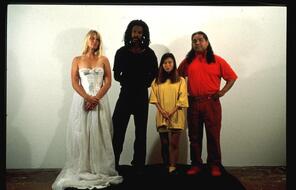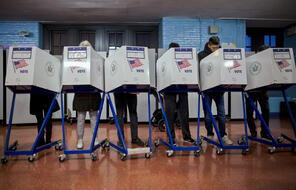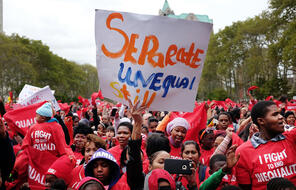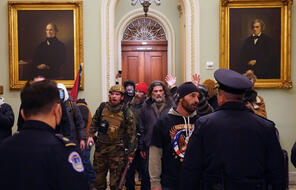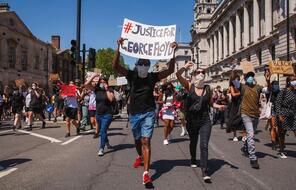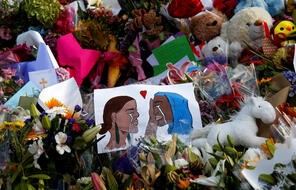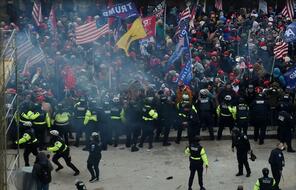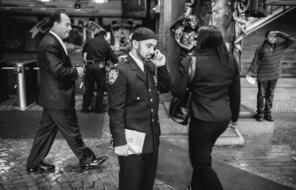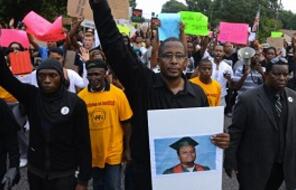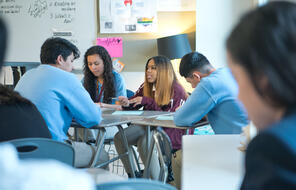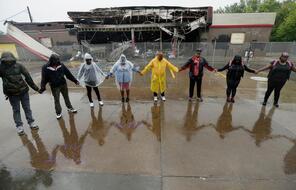Can Dress Codes Exclude People?
Subject
- Civics & Citizenship
- Social Studies
Grade
6–12Language
English — USPublished
Overview
About This Lesson
In the last few years, dress codes—in schools, workplaces, and sports—have regularly made the headlines. In January 2019, for example, Congress received attention for amending a rule that prevented religious head coverings on the House floor. In August 2018, a girl was sent home from school for wearing braided hair extensions, in violation of her school’s policy. In April 2019, a Houston high school became the latest school to make the news for a controversial dress code, which bans parents from coming to the school in certain attire.
Regulating dress can be necessary to promote health and safety, but at other times, dress codes unfairly target the appearance of certain groups of people. The mini-lesson below is designed to help students explore how dress codes can be biased and what dress standards in schools should be.
Activities
Activities
Materials and Downloads
Resources from Other Organizations
Additional Resources
Resources from Other Organizations


